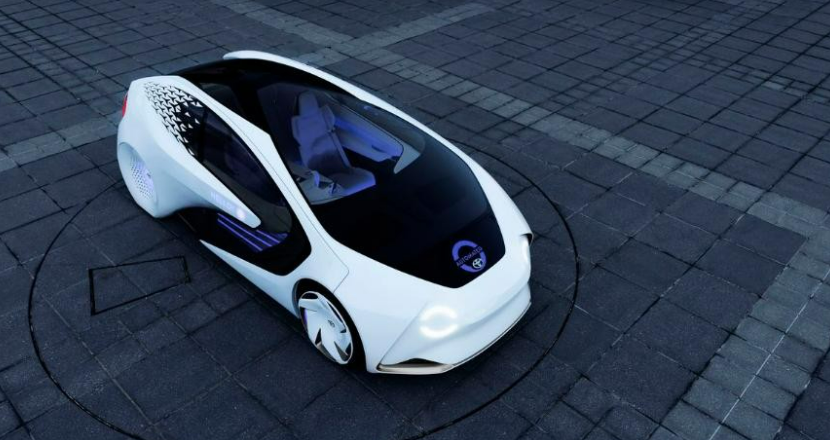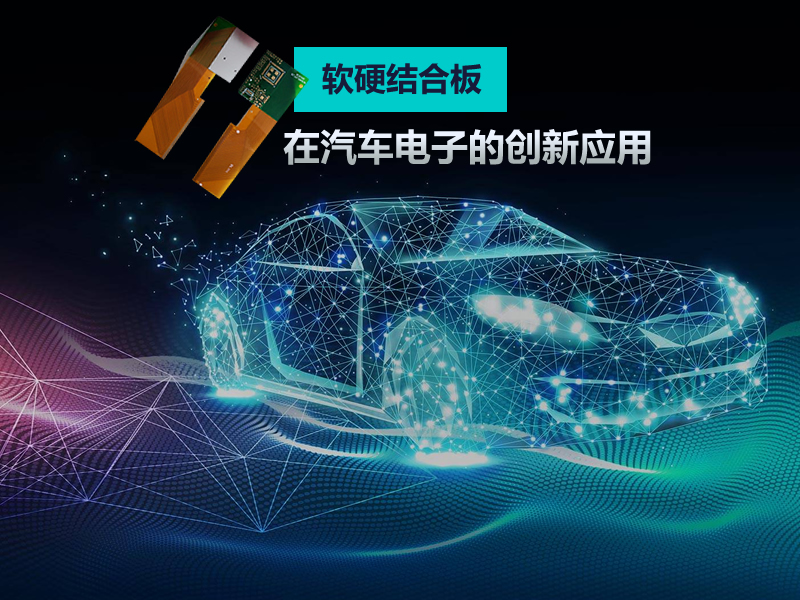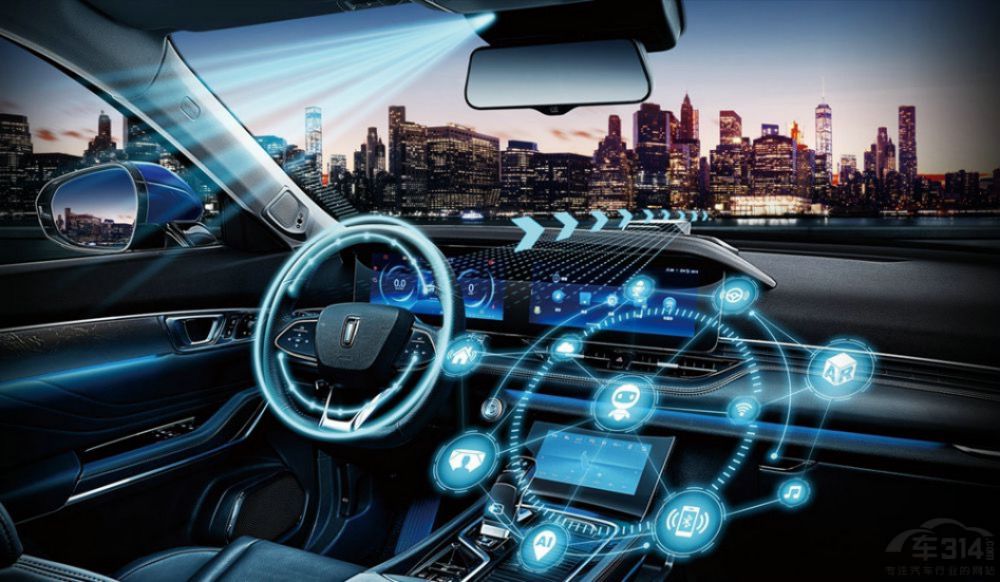Rigid-flex PCB, as a new type of printed circuit board that combines the characteristics of rigid circuit boards (PCB) and flexible circuit boards (FPC), has seen increasing applications in the field of automotive electronics in recent years. It not only inherits the high strength and stability of rigid boards but also possesses the flexibility and bendability of flexible boards, providing a novel solution for the design and manufacturing of automotive electronic systems.
I. Basic Characteristics of Rigid-Flex PCB
Rigid-flex PCB, as the name suggests, is formed by combining flexible circuit boards with rigid circuit boards through lamination and other processes, resulting in a circuit board with both FPC and PCB characteristics. This combination allows rigid-flex PCB to be folded and bent to a certain extent, reducing space occupation, while also being capable of soldering complex components, meeting the high-performance and high-reliability requirements of automotive electronic systems.
The advantages of rigid-flex PCB are significant, including saving internal product space, improving product performance, extending service life, and enhancing stability. However, its production process is complicated, with high production difficulty and low yield rates, leading to relatively high prices and long production cycles, which are currently the main challenges facing the application of rigid-flex PCB.
II. Application Areas of Rigid-Flex PCB in Automotive Electronics
With the continuous development of automotive electronics technology, rigid-flex PCB has been widely used in various key areas due to its unique performance advantages.
Engine Control System
The operation of automotive engines requires precise control and monitoring. Rigid-flex PCB can be used to connect engine control units (ECU), sensors, and actuators, ensuring stable signal transmission and rapid response. In the control circuitry of turbocharged engines, the flexible part of rigid-flex PCB can bend along the pipeline layout of the turbocharger, transmitting data collected by sensors to the ECU accurately, achieving precise control of the engine.
Motor Control System
In new energy vehicles, the motor control system is one of the core components. The high-frequency signal transmission capability and excellent mechanical properties of rigid-flex PCB provide a stable operating environment for the motor control system, ensuring the power performance and driving experience of new energy vehicles.
Infotainment System
The audio, video playback, and navigation functions of automobiles rely on stable circuit connections. Rigid-flex PCB can be used to connect in-car displays, audio head units, multimedia control modules, etc., enabling high-speed signal transmission and coordination between devices, providing users with high-quality audio-visual enjoyment and convenient navigation services.
Advanced Driver Assistance Systems (ADAS)
With the development of automotive intelligence, more and more driving assistance functions have been applied, such as reverse parking radar, reverse imaging, blind spot monitoring, and adaptive cruise control. Rigid-flex PCB can be used to connect sensors, cameras, and control units in these systems, ensuring real-time data transmission and accurate processing, improving driving safety and convenience.
Body Electronics System
The body control module is responsible for managing and controlling various electrical devices in the vehicle, such as windows, door locks, rearview mirrors, and seat adjustments. Rigid-flex PCB can be used to connect these devices, achieving stable signal transmission and reliable device control. Additionally, in the lighting system, rigid-flex PCB can be used to connect the control circuitry and power circuitry of headlights, ensuring the normal operation of the lighting system.
Environmental and Safety Sensors
Environmental sensors monitor parameters such as temperature, humidity, air quality, and light intensity inside and outside the vehicle. Safety sensors include collision sensors, tire pressure sensors, and seat belt sensors, which are crucial for vehicle safety. Rigid-flex PCB ensures reliable communication between these sensors and the control system, enabling functions such as automatic air conditioning control, automatic windshield wiper control, automatic headlight control, collision warning, and tire pressure monitoring.
In-Vehicle Communication Modules
In-vehicle communication modules such as Bluetooth modules, Wi-Fi modules, and 4G/5G communication modules enable vehicles to communicate and exchange data with external devices. Rigid-flex PCB provides stable electrical connections and signal transmission channels for these communication modules, supporting functions such as remote vehicle control, vehicle diagnostics, and vehicle networking.
III. Advantages of Rigid-Flex PCB in Automotive Electronics
The widespread application of rigid-flex PCB in automotive electronics is mainly attributed to its unique performance advantages:
High Integration: Rigid-flex PCB can reduce the number of connectors and wires in automotive electronic systems, lowering system complexity and weight, and improving reliability and stability.
Adaptation to Complex Spatial Layouts: The flexibility of the flexible part allows rigid-flex PCB to be routed in confined spaces, facilitating installation and maintenance.
Excellent Anti-Vibration and Anti-Shock Performance: Rigid-flex PCB can withstand various harsh conditions encountered during vehicle operation, ensuring the normal operation of the system.
Superior Electrical Performance: Rigid-flex PCB uses high-quality materials and advanced manufacturing processes, ensuring long-term stable operation in high-temperature, low-temperature, and humid environments.
IV. Future Prospects
With the rapid development of automotive intelligence and electrification, the application prospects of rigid-flex PCB in automotive electronics are even broader. In the future, with continuous technological advancements and cost optimization, rigid-flex PCB will play an even more significant role in automotive electronics. Manufacturers also need to continuously improve their technological level and production capacity to meet the demand for high-performance, high-reliability electronic solutions in the automotive industry.

As an innovative technology in the field of automotive electronics, rigid-flex PCB is revolutionizing the design and manufacturing of automotive electronic systems with its unique performance advantages. With the continuous development of technology and the expansion of applications, rigid-flex PCB is bound to shine more brightly in the field of automotive electronics.


